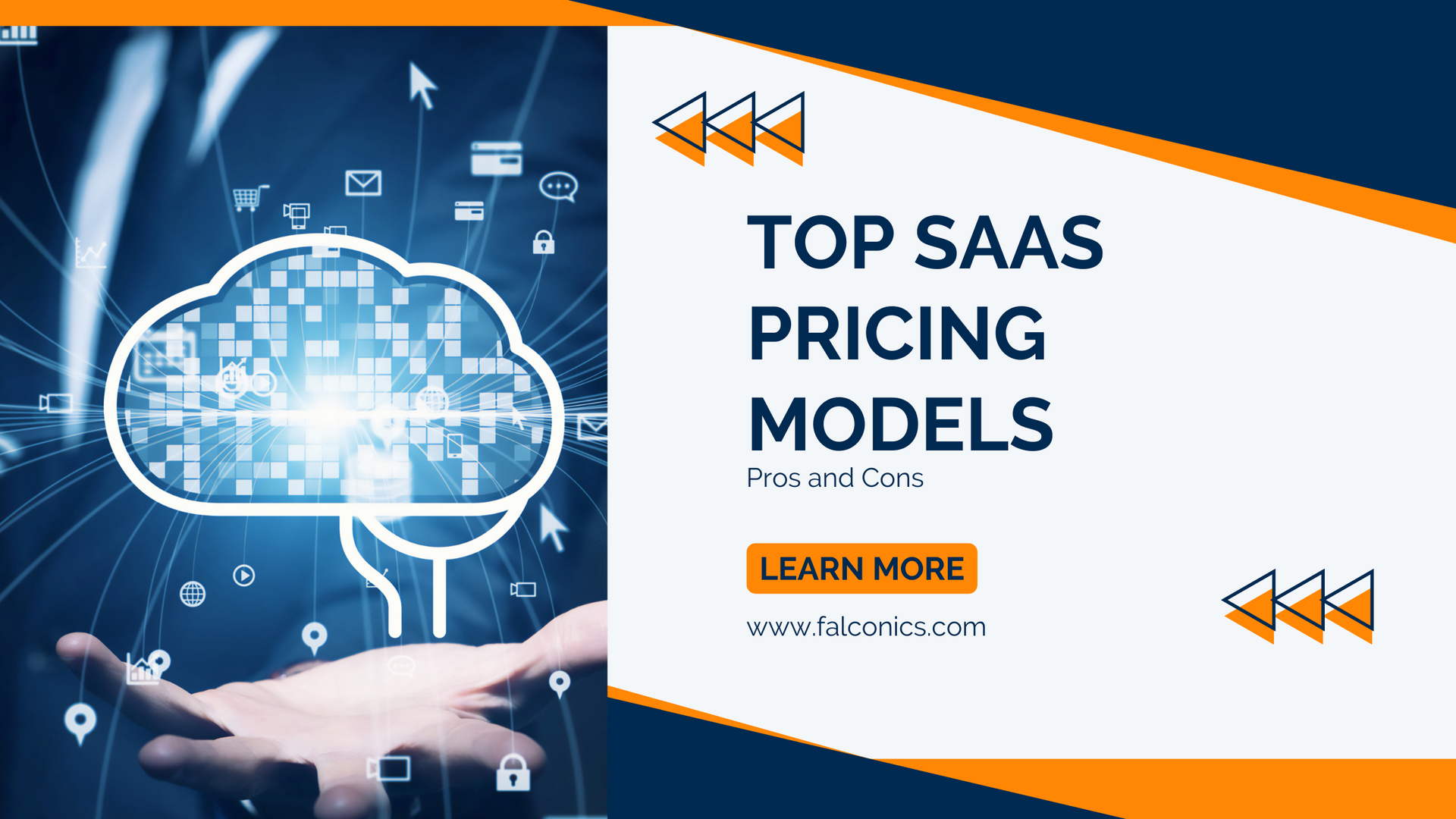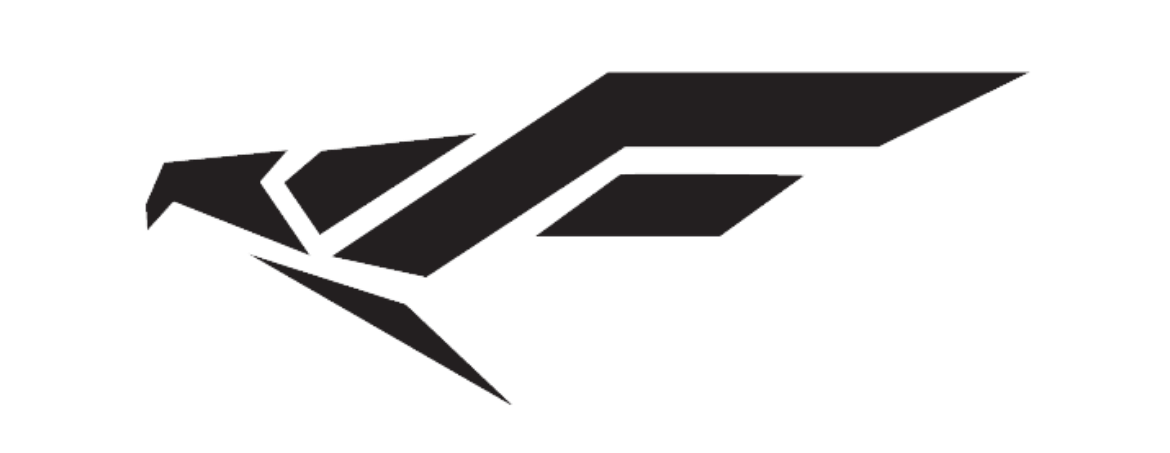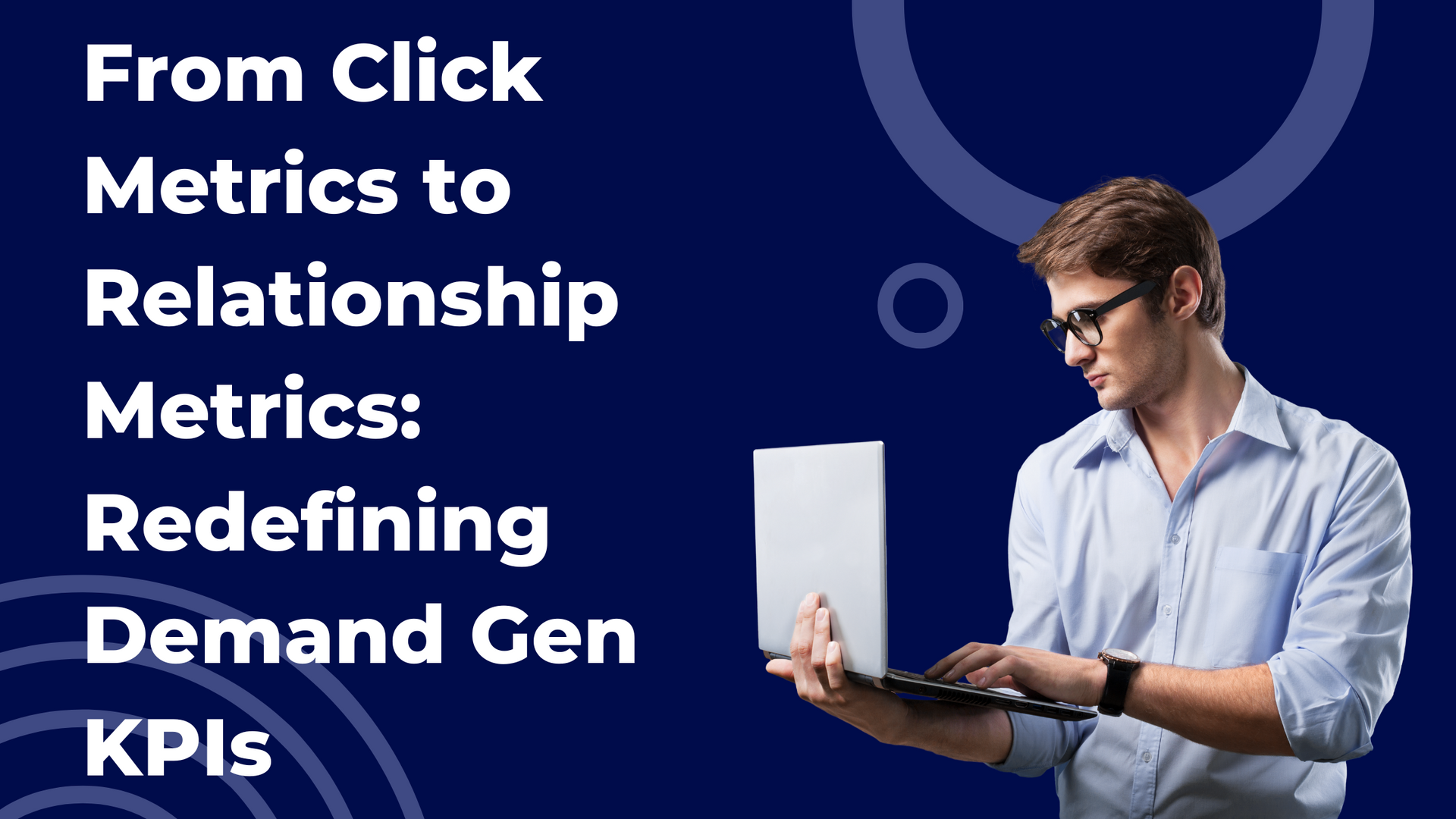Top SaaS Pricing Models: Pros and Cons

Selecting the right pricing model is a key factor in establishing a profitable, sustainable, and competitive SaaS business. As the SaaS industry continues to evolve, companies have been testing different pricing strategies to identify what works best for their needs.
In this blog post, we will explore the top SaaS pricing models, their pros and cons, and how to choose the right one for your business.
Top SaaS Pricing Models
Below are some of the top pricing models that are used in the SaaS industry:
1) Per-User Pricing Model
The per-user pricing model charges customers based on the number of users that use the SaaS product. This pricing model is ideal for businesses with a small number of users and can be an effective way to scale up pricing as the business grows.
The main advantage of per-user pricing model is that it ensures that businesses are paid for each user that uses the product. However, the downside is that businesses may struggle to increase revenue if they cannot attract more users to their products.
2) Freemium Pricing Model
The freemium pricing model offers a basic version of a SaaS product for free while charging for premium features. This pricing model is a great way to attract new users and build brand awareness.
The main advantage of the freemium model is that it can lead to higher conversion rates as users can try out the product before making a purchase. The downside, however, is that it can be challenging to convert free users to paying customers.
3) Flat Rate Pricing Model
The flat rate pricing model charges a fixed amount for access to all features of the product. This pricing model is simple and easy to understand, making it an excellent option for businesses that want to reduce customer confusion.
The main advantage of flat rate pricing model is that it can help businesses build brand trust as customers know exactly what they are paying for. The downside, however, is that businesses may struggle to scale pricing as the product grows.
4) Tiered Pricing Model
The tiered pricing model offers multiple pricing tiers that provide customers with different levels of functionality and features. This pricing model is a great way to upsell existing customers and can be an effective way to increase revenue.
The main advantage of the tiered pricing model is that it can help businesses to cater to a wide range of customer needs. The downside, however, is that it can be challenging to maintain simplicity and avoid customer confusion.
5) Pay-As-You-Go Pricing Model
The pay-as-you-go pricing model allows customers to pay only for the features they use, making it a flexible and cost-effective option. This pricing model is ideal for businesses that offer services that are not used on a regular basis, such as cloud storage or phone call minutes.
The main advantage of the pay-as-you-go pricing model is that it can lead to higher customer satisfaction as customers only pay for what they use. The downside, however, is that it can be challenging to predict revenue and plan for business growth.
6) Per-Feature Pricing Model
The per-feature of
SaaS pricing model charges customers based on the specific features they use, making it an effective way to monetize features that are in high demand. This pricing model is ideal for businesses with a small set of core features and is often used for add-ons and premium features. The main advantage of per-feature pricing model is that it can be an effective way to monetize additional features. The downside, however, is that it can be challenging to maintain simplicity.
7) Value Based Pricing Model
Value-based pricing is a model where the price of a product is based on the value it provides to the customer rather than the cost of production. This model takes into account the benefits and outcomes the customer expects to receive from the product and sets the price accordingly. The main advantage of value-based pricing is that it can help SaaS companies to maximize their profits and differentiate themselves in a competitive market. However, it requires a deep understanding of the customer and the ability to communicate the product's value effectively.
Which Pricing Model Should You Choose?
When it comes to choosing the right pricing model for your SaaS company, it's essential to conduct thorough market research and consider various factors that impact pricing decisions. One crucial factor to consider is the cost of customer acquisition. If acquiring customers is costly, a usage-based pricing model may not be the most effective option as it could discourage customers from using the product, leading to low retention rates. In such cases, a flat-rate pricing model may be more appropriate, as it provides predictable pricing for customers and can help increase retention rates.
Another important factor to consider is the perceived value of the product. If the product provides significant value to customers, it can justify a higher price point. In such cases, a value-based pricing model may be more effective, as it prices the product based on its perceived value rather than its features or usage. Whatever pricing model you decide on, make sure to regularly monitor customer behavior and feedback to assess the effectiveness and make necessary adjustments. This can help ensure that the pricing model remains competitive and aligned with the customers' needs and preferences.
Summary
Selecting the right pricing model is a crucial decision for SaaS companies, and it requires careful consideration of the advantages and disadvantages of each option.
If you're struggling to stay competitive even after selecting the right pricing model, Falconics, a top SaaS marketing company, can help you grow your business. We specialize in navigating the complex world of SaaS and can help you reach your business objectives. Contact us today to learn more.




